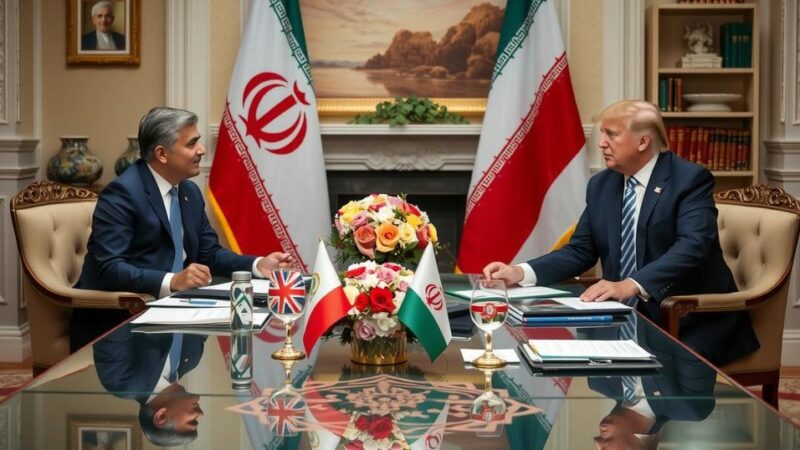The collapse of Assad’s regime in Syria has catalyzed significant political changes in Lebanon, particularly among Sunni groups. Protests for prisoner releases have emerged, reflecting a desire for renewed Sunni influence. Hizbullah struggles with its weakening position, facing pressures from both the military and political landscapes. As Lebanon prepares for elections, shifting dynamics highlight the complexities of sectarian relationships and regional security, with implications tied to Syria’s new regime, which pledges non-interference for now.
The recent upheaval in Syria has sparked a notable shift in the political landscape of Lebanon, particularly within its Sunni community. Following the decline of Bashar al-Assad’s regime, celebrations erupted in Sunni-dominated regions such as Tripoli and Sidon, yet these were soon overshadowed by the burgeoning demands of Sunni Islamists. Led by figures like Sheikh Ahmad Shemali, protests arose calling for the release of Sunni prisoners. Concurrently, there is an evident desire within the Sunni community to reclaim influence over Lebanon, especially against the backdrop of Hizbullah’s perceived weakening.
As tensions escalated, it became apparent that the ongoing turmoil affects Hizbullah’s status significantly. The Shiite group, already reeling from its confrontations with Israel and the subsequent decline of Assad, finds itself in a precarious position, particularly following a critical meeting between the Lebanese Armed Forces Commander, General Joseph Aoun, and Hizbullah’s Wafiq Safa. This discussion was centered around the enforcement of a ceasefire, revealing Hizbullah’s reluctance to disarm entirely, setting the stage for potential conflicts.
The political climate is distinctly unstable, with potential ramifications for the upcoming presidential elections in January 2025. The Christian bloc remains indecisive, exacerbated by accusations of complicity against leadership figures such as Jibran Bassil, who has ties with Hizbullah. Meanwhile, the Sunni community, inspired by the rise of Sunni authorities in Syria, is awakening to their newfound reality, wrestling with uncertainties regarding their influence and potential unrest from local jihadists in response to developments in Syria.
Despite the ongoing tensions, there are indications that the current Syrian regime, under Tahrir al-Sham, intends to avoid direct interference in Lebanese affairs. As Abu Mohammed al-Jolani, a key Syrian leader, stated, “We have no plans to interfere in Lebanon.” This signal suggests a window of opportunity for Lebanon to stabilize, although the potential for short- and medium-term instability remains a concern as local factions and regional dynamics continue to evolve.
The recent political developments in Syria have significant implications for Lebanon, especially among the Sunni population. The collapse of Assad’s regime has revitalized Sunni political movements and prompted calls for the release of Sunni prisoners, reflecting a desire for greater influence amidst the weakening of Hizbullah. As the Shiite community grapples with its diminishing power and attempts to navigate new political realities, the upcoming presidential election poses further challenges. The complexities of Lebanese politics highlight the intricacies of sectarian relationships and the historical context of Syrian-Lebanese interactions, crucial for understanding the current landscape.
In conclusion, the current dynamics in Lebanon, spurred by the developments in Syria, signify a period of profound change and potential upheaval. The Sunni community’s demands for amnesty and recognition, paralleled by Hizbullah’s struggles to maintain its power, reflect a realignment of political forces. As Lebanon heads towards pivotal elections, the interplay of local factions with Syrian influences will be pivotal in shaping the nation’s future, requiring keen observation of these evolving relationships and their wider implications on regional stability.
Original Source: jcpa.org







